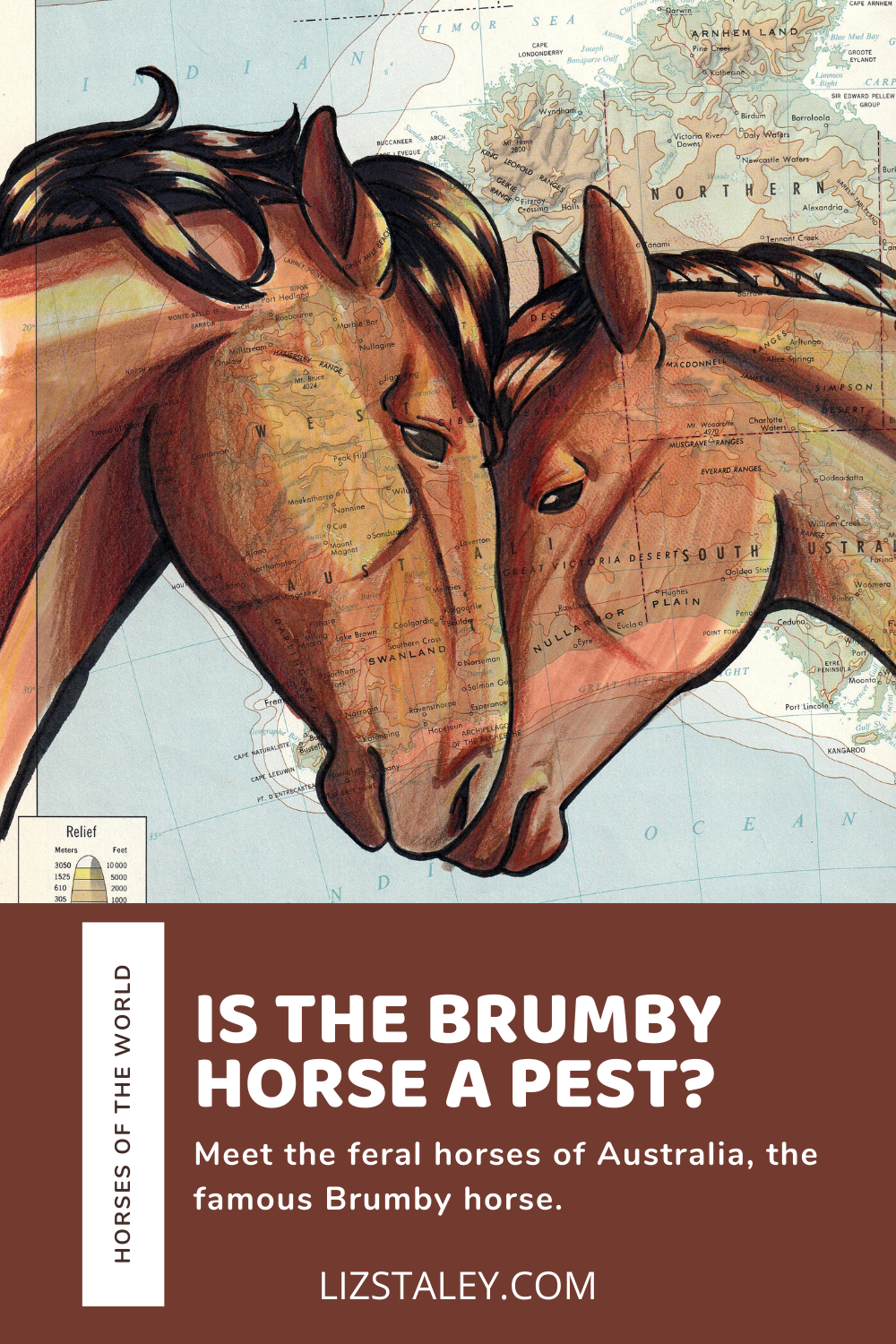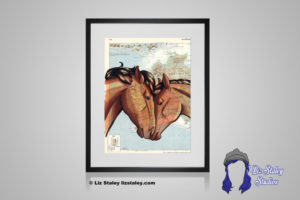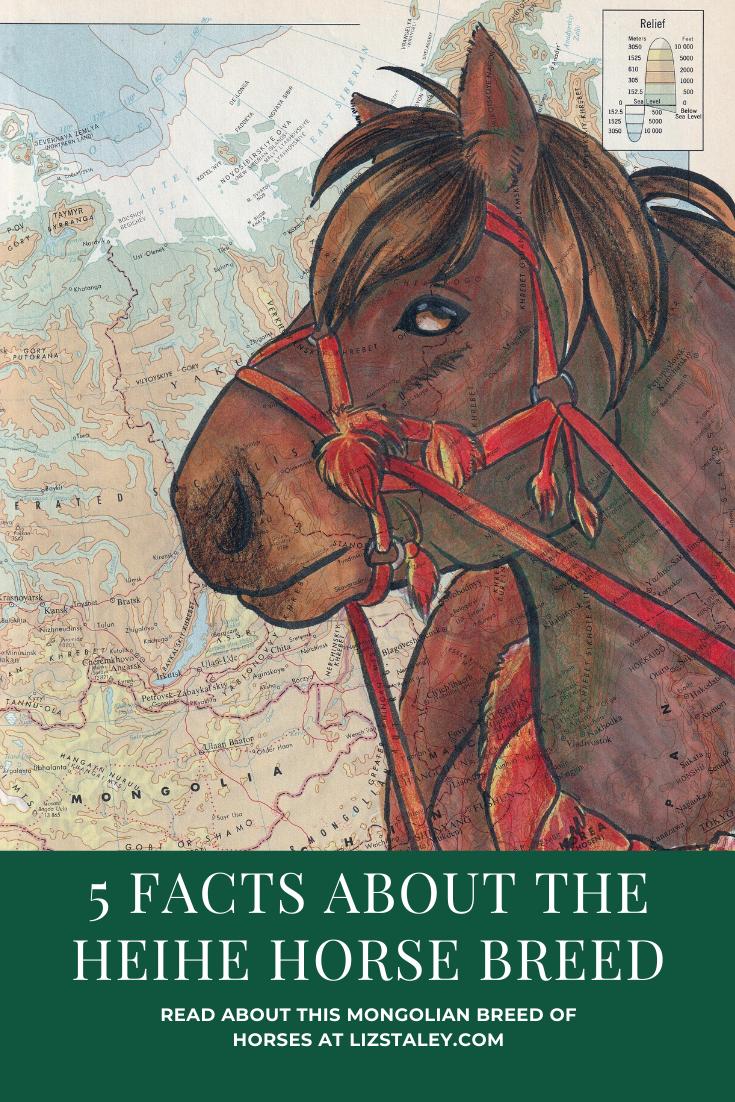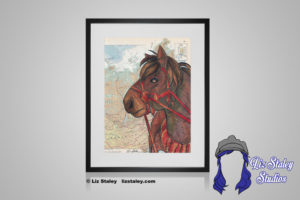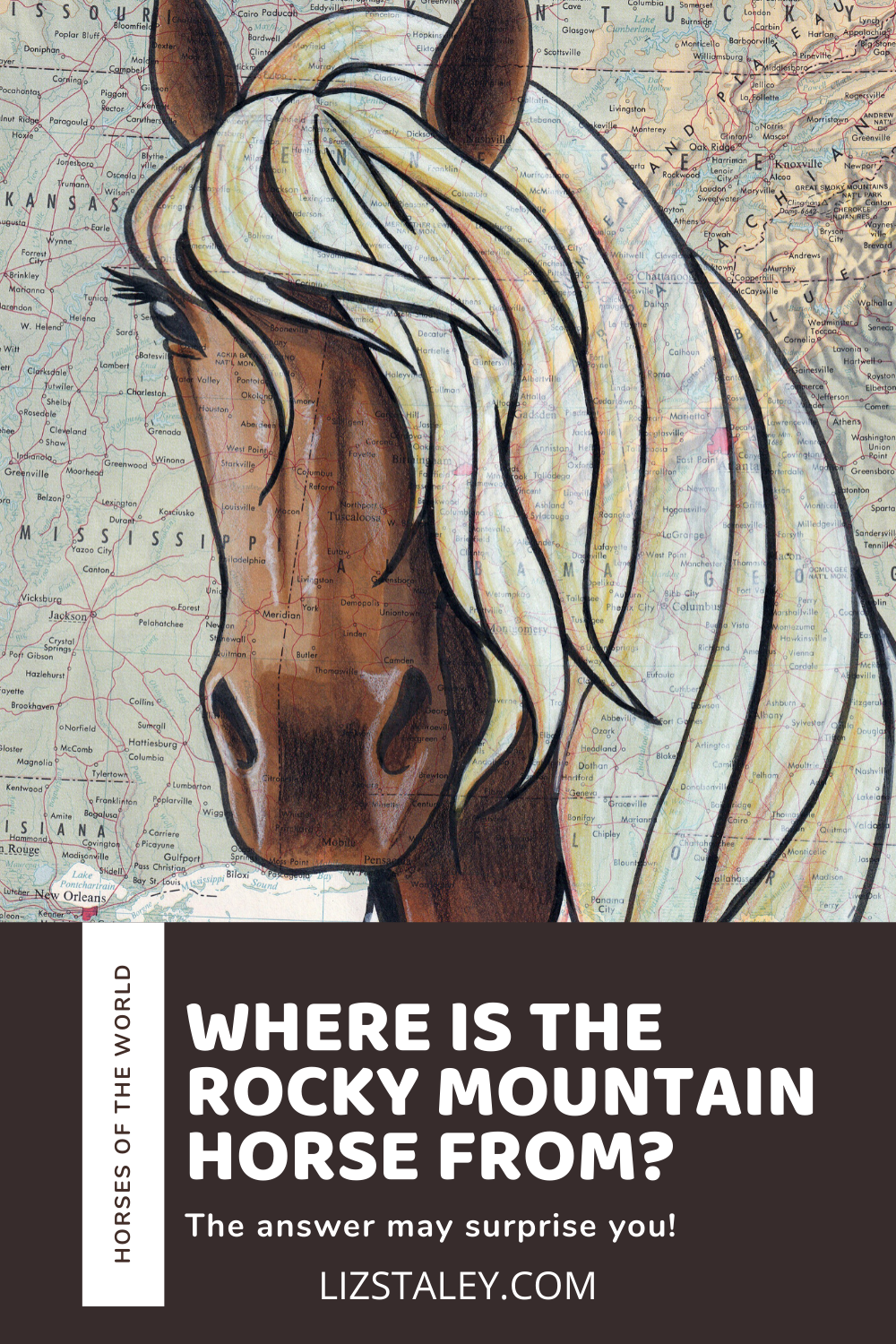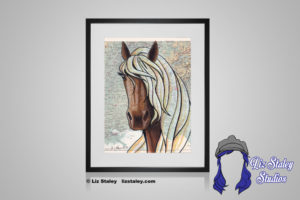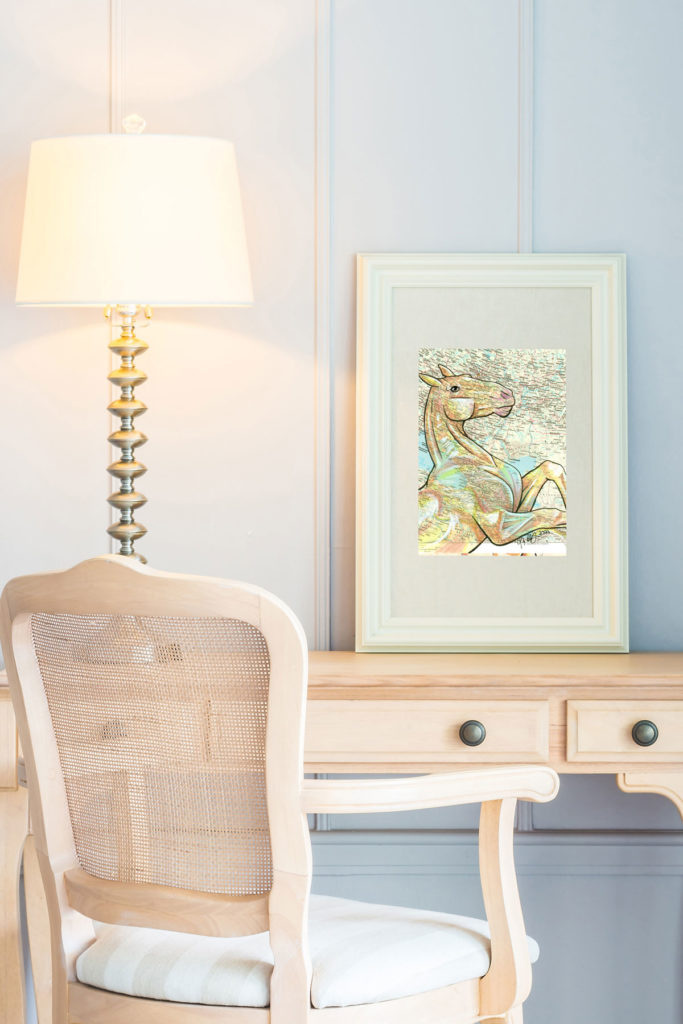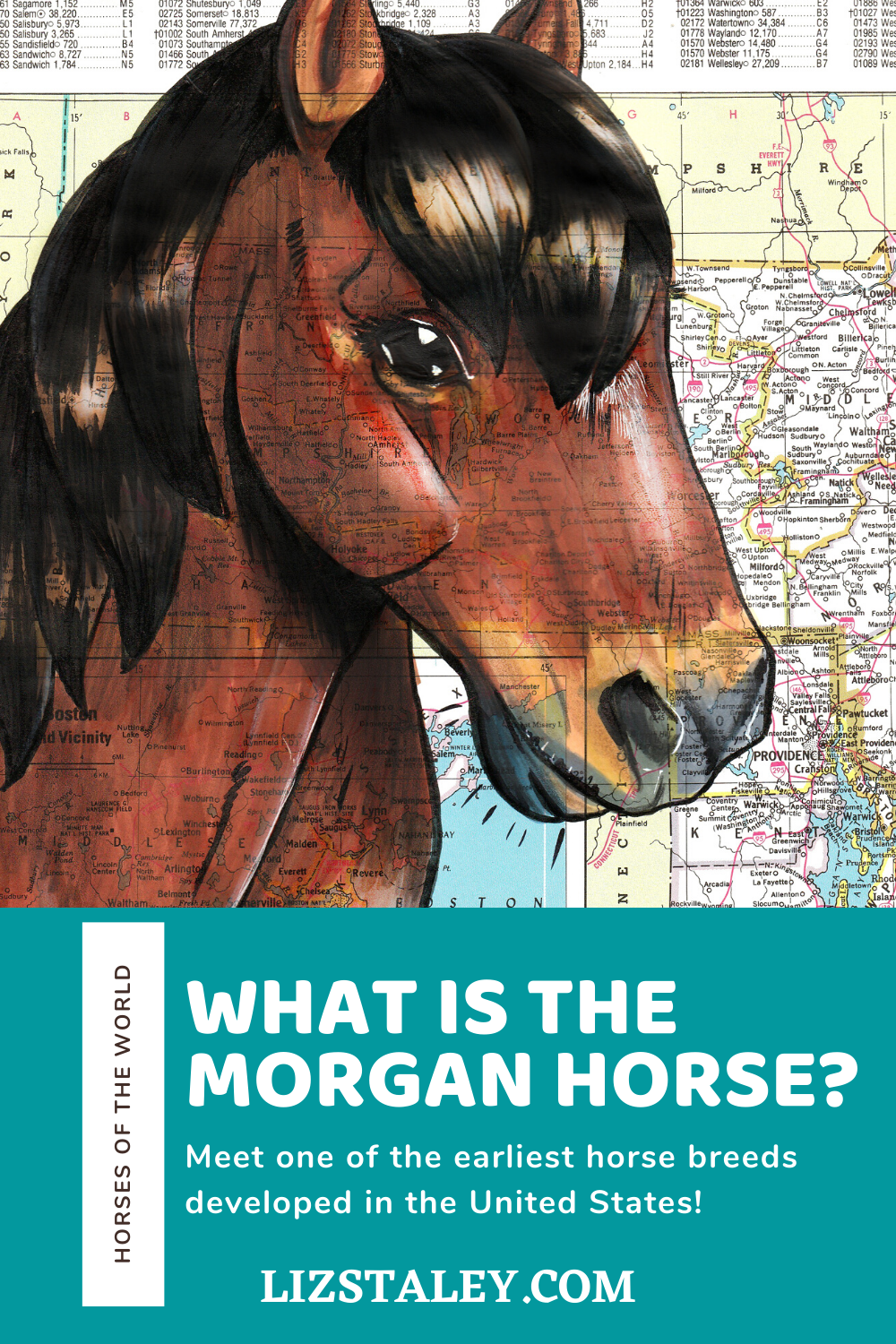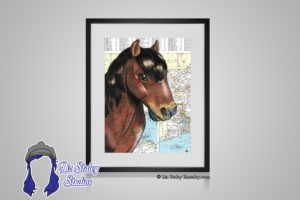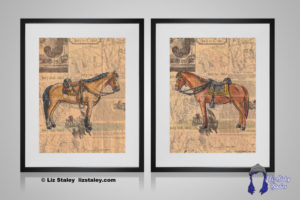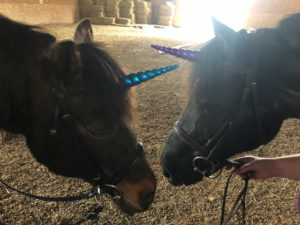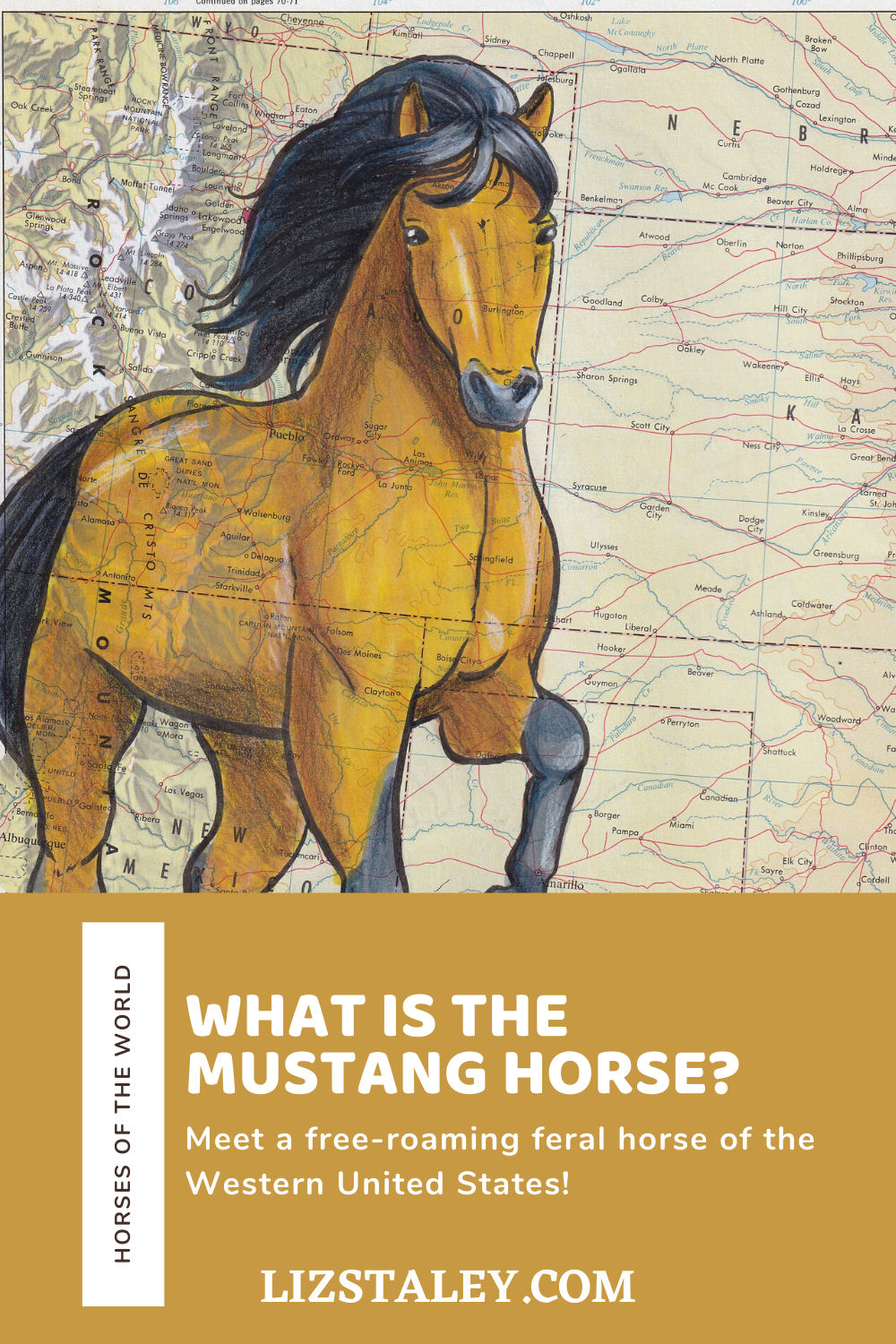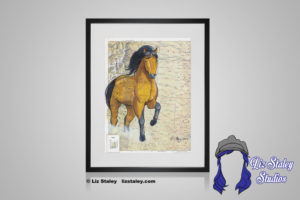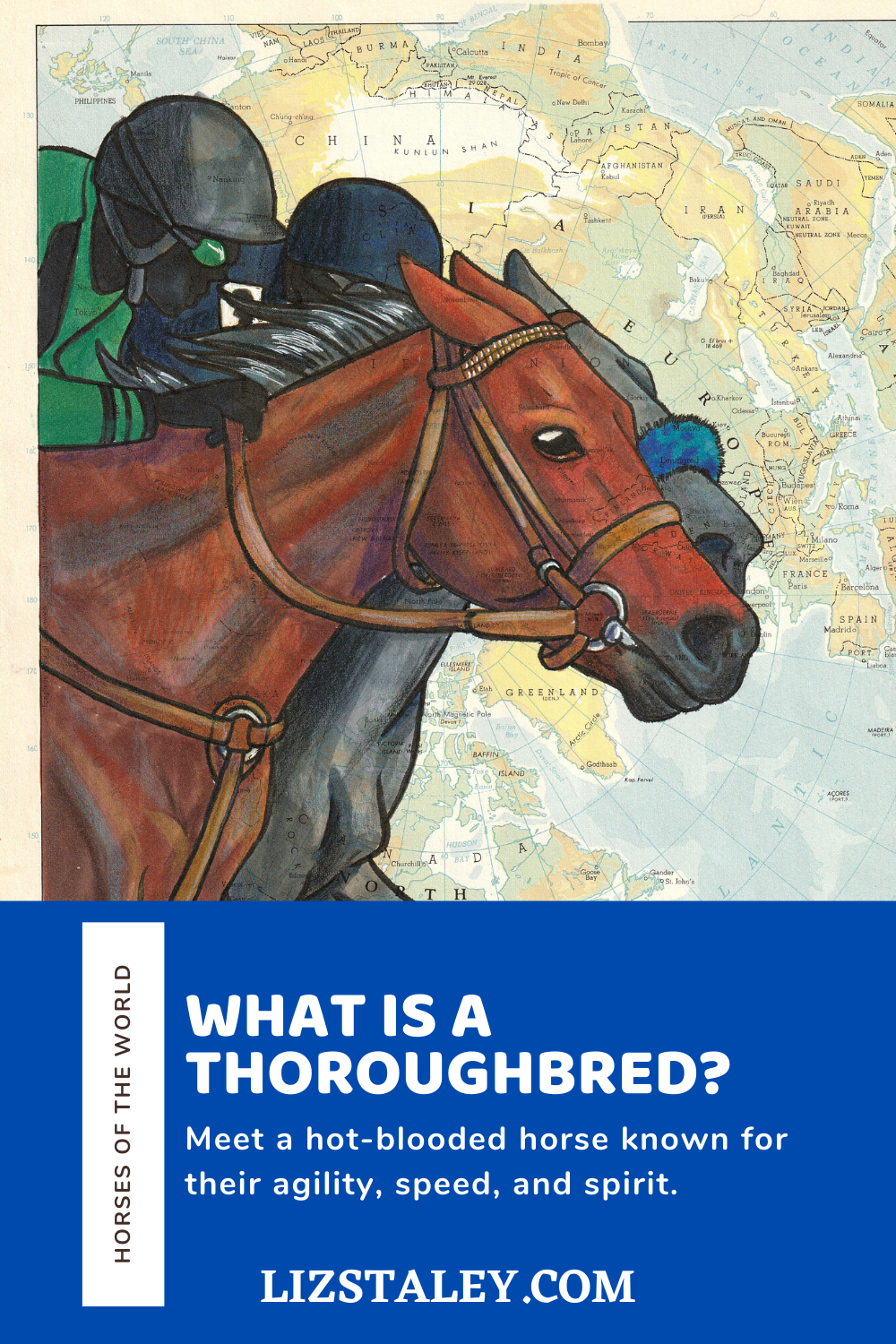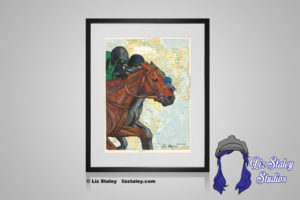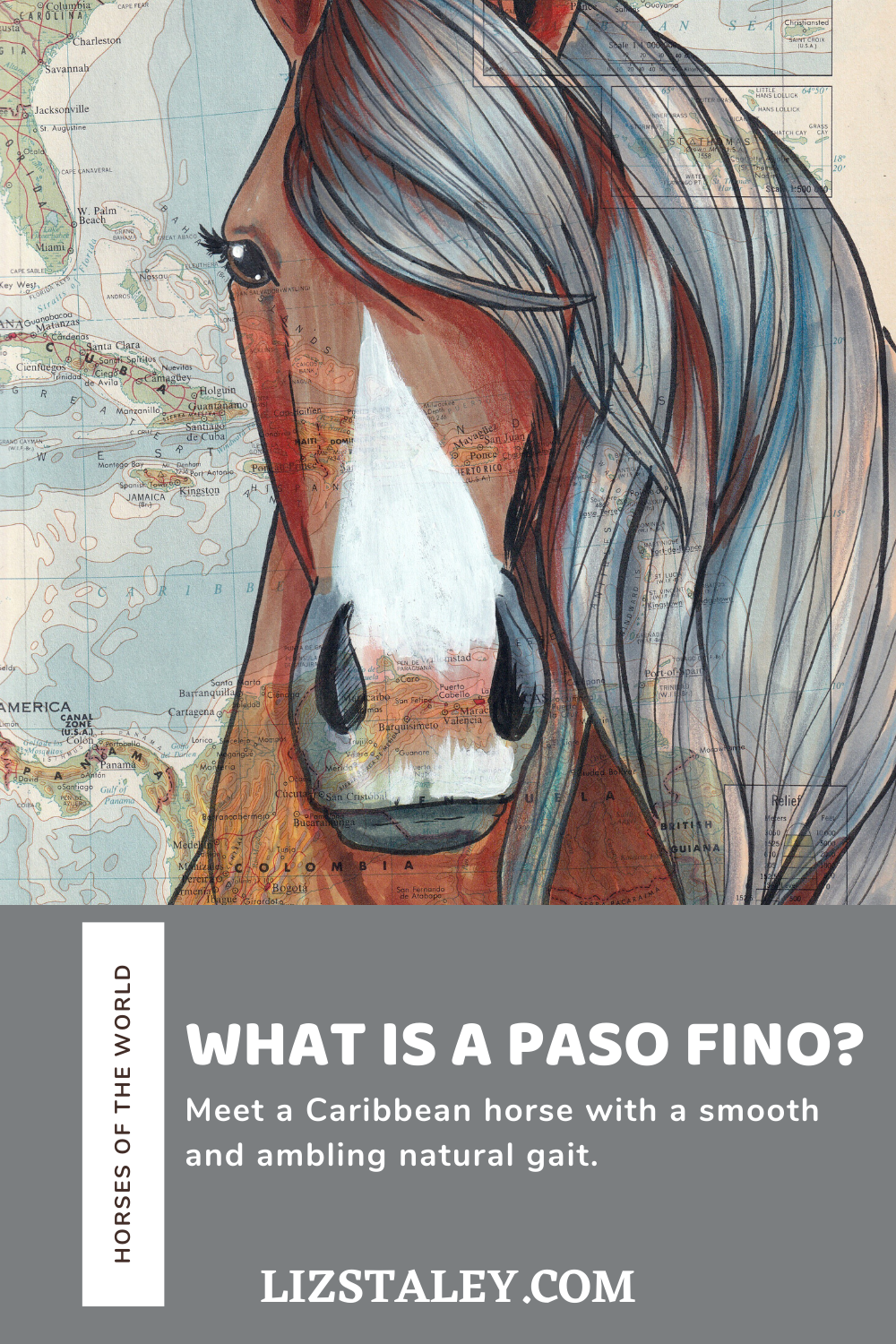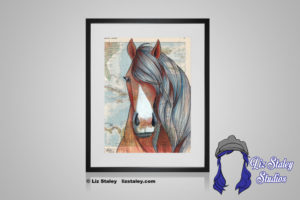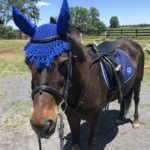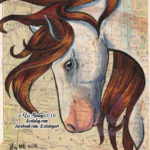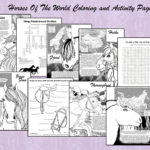
The Tennessee Walking Horse is a popular horse for riding because of its calm disposition, smooth gaits, and sure-footedness. They are often seen in the horse show ring, but are also popular pleasure and trail riding horses in both the English and Western riding styles. The breed is best known for its running-walk gait, a four-beat gait with the same pattern as a regular walk, but significantly faster. While a regular walk is around 4-8 miles per hour, the running-walk has been clocked at 10-20 miles per hour!
The Tennessee Walker was developed from a cross of Narragansett Pacer and Canadian Pacer horses that were brought from Kentucky to Tennessee starting in 1790, and with gaited Spanish mustangs imported from Texas. These horses were originally known as Tennessee Pacers, and were known for their smooth gaits and their agility on the rocky Tennessee terrain. Over the years, other breed blood was also introduced to the line, including Morgan, Standardbred, Thoroughbred, and Saddlebred.
In 2000, the Tennessee Walking Horse was named the official state horse of Tennessee. As of 2005, 450,000 horses have been registered with the Tennessee Walking Horse Breeders’ and Exhibitors’ Association. (TWHBEA)
The showing, sale, and exhibition of Tennessee Walking Horses and some other breeds is governed by the Horse Protection Act of 1970. This act was put into place due to concern and public outcry about the practice of soring, which some unscrupulous owners use to exaggerate the leg motion of gaited horses in order to achieve the “Big Lick” motion. Soring is the practice of cutting or burning the outside of the leg to cause pain, or the use of tack or screws that cause pain. The Horse Protecting Act prevents anyone from entering a sored horse into a show, sale, auction, or exhibition, and prohibits drivers from transporting sored horses to a show or sale. Although the practice has been illegal for more than 40 years, soring is still practiced by some inhumane handlers. Some trainers trick show inspectors by training their horses not to respond to pain when their legs are touched for inspection, or use a topical anesthetic that allows the horse to pass inspection but wears off before the horse enters the show ring. Pressure shoeing is also used, with eliminates the use of chemicals altogether. Shoeing rule controversies, soring concerns, and the breed industry’s compliance with the Horse Protection Act has resulted in multiple governing organizations for shows.
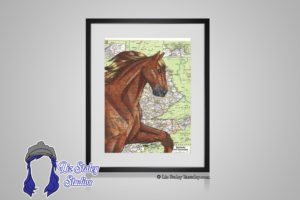
The Tennessee Walker is most famous for being seen in the show ring, where it often performs saddleseat style English riding, but it is also a very popular trail riding horse because of its surefootedness. The breed has also been featured in television, movies, and other performances. The Lone Ranger’s horse, “Silver”, was at times played by a Tennessee Walking Horse.
The Tennessee Walker is one of the most requested breeds that I get for the Horses Of The World series, so I was happy to add it to the list of breeds on offer! They are an amazing breed with some very passionate fans, and I love to meet the TWH owners and hear them talk about their horses. When I found the map that I used for the Tennessee Walker illustration, I loved the soft greens that were present on the map and decided that drawing a lovely chestnut would complement the green well. My TWH illustration is meant to capture the movement of the “running-walk” and the proud, elegant position of the neck.
Do you know someone who loves the Tennessee Walking Horse? Share this post with them using the buttons below!

